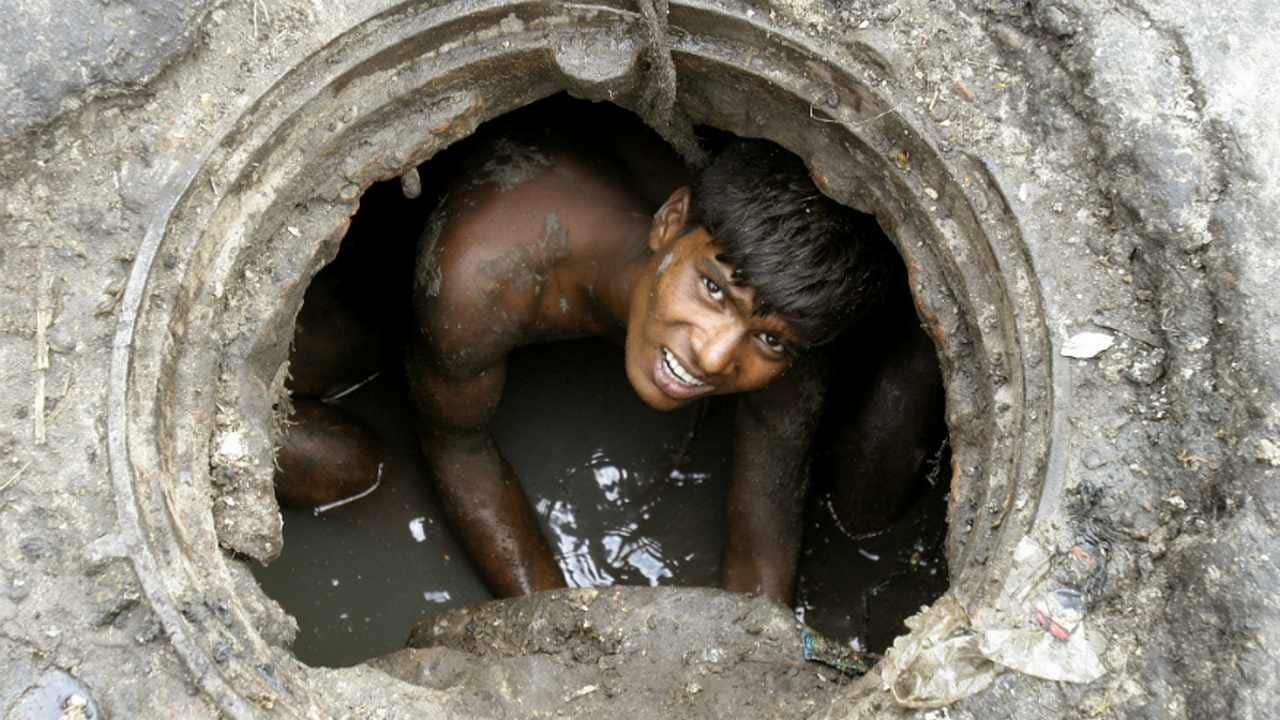The Sad State of Manual Scavengers In India

Despite stringent provisions in the law, manual scavenging continues unabated in India. Manual scavenging is defined as “the removal of human excrement from public streets and dry latrines, cleaning septic tanks, gutters and sewers”.
The practice is driven by caste, class and income divides. "One of modern India’s great shames is the official failure to eradicate ‘manual scavenging’, the most degrading surviving practice of untouchability in the country." - Harsh Mander.
The number of people killed while cleaning sewers and septic tanks has increased over the last few years. 2019 saw the highest number of manual scavenging deaths in the past five years. 110 workers were killed while cleaning sewers and septic tanks.
This is a 61% increase as compared to 2018, which saw 68 cases of such similar deaths. In 2013, the Prohibition of Employment as Manual Scavengers and Their Rehabilitation Act put an end to the practice of any form of manual cleaning, carrying, disposing or handling of human waste.
But according to a national survey conducted in 18 States, a total of 48,345 manual scavengers have been identified till January 31, 2020. As per data collected in 2018, 29,923 people are engaged in manual scavenging in Uttar Pradesh, making it the highest in any State in India.
Despite the introduction of several mechanised systems for sewage cleaning, human intervention in the process still continues. Manual scavengers are provided with some government rehabilitation - onetime cash assistance of Rs. 40,000, loans upto Rs. 15,00,000 at concessional rate of interest and scholarship schemes for their children.
But experts feel such one-time measures are not enough. They say that a more community-centric model should be taken, where the entire community is given more opportunities to help them come out of this practice.
Activists say the government has not enforced a 2013 law that made it illegal to employ such workers. However, the law itself is contradictory because it also specifies tests that should be conducted before workers enter manholes, reflecting the difficulty of outlawing a job that employs so many Indians who would lack alternative work.
India’s new prime minister, Narendra Modi, promised to emancipate the poor and promote economic development, but advocates say that getting rid of jobs such as manual scavenging is not immediately practical. In 2007, the Ministry of Social Justice and Empowerment launched an effort to place sewer cleaners in other jobs; last year, it reported that 78,941 of the workers had been given assistance, a fraction of the total workforce.
Implementation of labor laws is generally poor in India, said Mihir Desai, former director of the India Center for Human Rights and Law, a nonprofit organization. Passing laws allows the Indian government to argue that it is in line with international standards, but politicians are less interested in ensuring that standards are enforced, he said.
The duty of coming up with technologies to end the practice lies with the Centre. If the Centre can fund the mechanisation process, only then can the states take it up with the local bodies. But the government is now busy passing the buck. How can politicians do this in a democracy? This is a horrible example to set.
There must be an immediate incorporation of technology and modernisation of sanitation methods. We also have to identify all sewage workers and allow them a dignified way out of it. The government has to provide special packages to the workers. None of these steps have been taken, which is why you hear of deaths every day. This is a national disaster.
The 2013 Act very clearly says that the government is responsible for sewage worker deaths. It also states that no one should enter the sewerage pipelines unless there is an emergency, and then too with safety gear and training. We are now acting like every day is an emergency.
So what if there is a law on abolishing the practice –where are the government law enforcement agencies who can act on it? India works with a top-to-bottom approach.Unless the mindset at the top changes, the attitudinal shift won’t happen on the ground.



Comments
Post a Comment